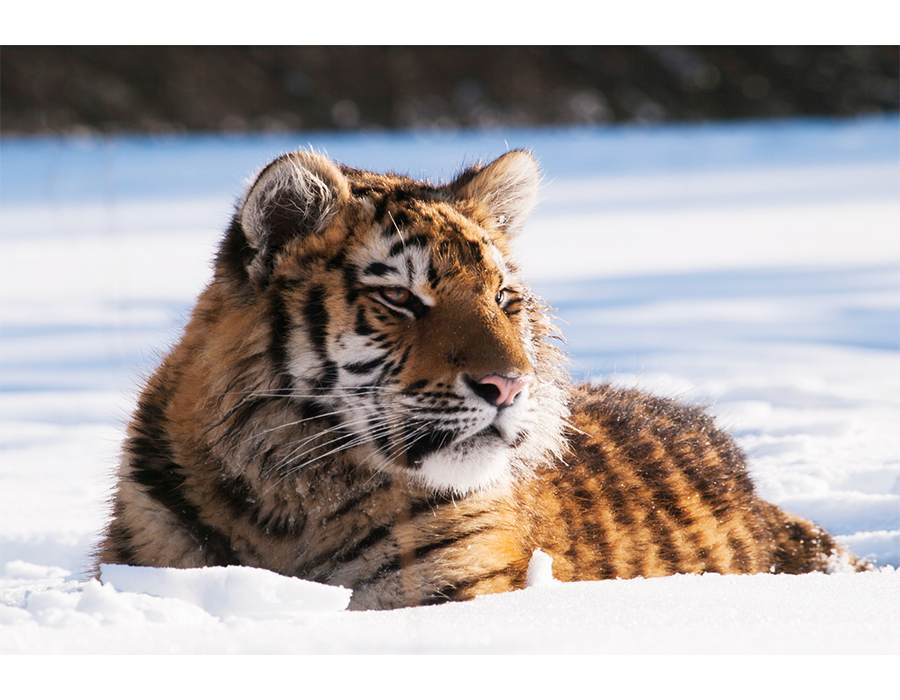PFASs can cause anemia and chronic infections in wild animals
Per‐ and polyfluoroalkyl substances (PFASs) are considered environmental contaminants. Because of their use in a wide range of industrial and commercial applications, PFASs constitute a threat to human and animal health worldwide.
Study on Amur tigers in China
Scientists at the College of Wildlife and Protected Area, Northeast Forestry University, Harbin, China studied the relationship between PFAS concentrations and physiological parameters in Amur tigers in the Amur Tiger Park located in Heilongjiang Province in northern China (1).
Blood samples were collected from 112 captive Amur tigers. Blood concentrations were determined, and it was observed that dietary food accounted for over 70% of the total daily intake of PFASs, indicating that meat consumption was the main source of exposure.

Exigo H400 veterinary hematology analyzer was used to evaluate white blood cells (WBCs), lymphocytes (LYMs), monocytes (MONs), neutrophils (NEUs), red blood cells (RBCs), hematocrit (HCT), RBC volume distribution width (RDW), hemoglobin (HGB), mean corpuscular volume (MCV), mean corpuscular HGB (MCH), mean corpuscular HGB concentration (MCHC), platelets (PLTs), and mean PLT volume (MPV) in the collected blood samples.
The authors found that the concentrations of certain forms of PFASs influenced the immune cells (WBCs, NEUs) and affected the hematological parameters (RBCs, RDW, HGB, HCT, PLTs) in the blood of Amur tigers. The higher the cumulative concentration, the higher the health risk. The scientists conclude that at a certain concentration, PFASs can cause malnutrition, anemia, and chronic infectious diseases, which will lead to a decrease in the viability of Amur tigers.
Learn more
Designed for robustness and ease-of-use, and with twelve pre-installed animal profiles, the Exigo H400 veterinary hematology system is suitable for a range of veterinary applications. Learn more about Exigo H400.
Reference
1. Wang et al. Associations of per‐ and polyfluoroalkyl substance concentrations in the blood of Amur tigers and physiological parameters. Wildl Lett 1, 163–170 (2023).
